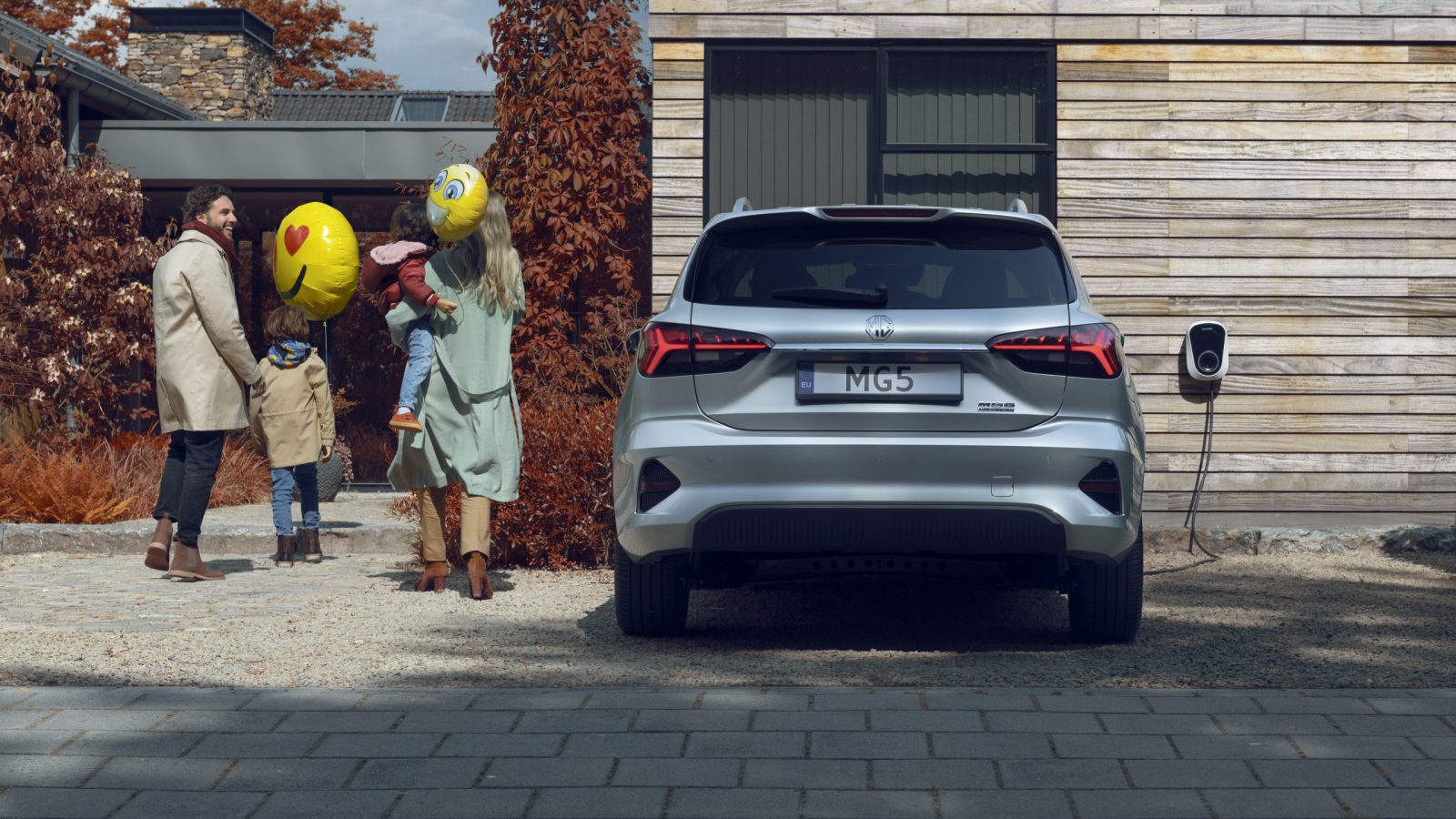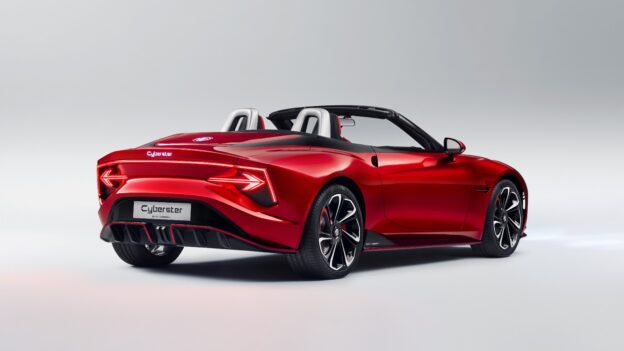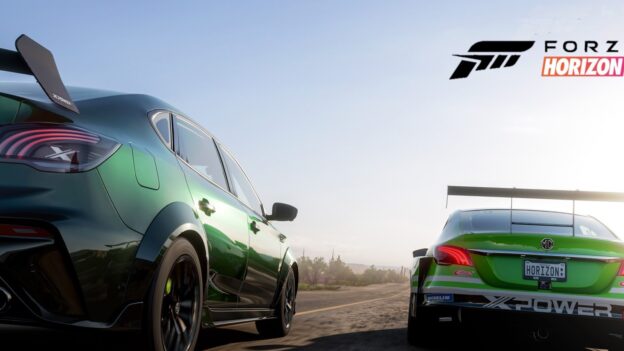How to take good care of your EV in different circumstances
28-12-2021
The drive train of an EV is less complicated than that of a conventional ICE-car, but the high voltage system does contain essential components that must be handled with care. When used incorrectly or carelessly, they can be damaged or no longer function optimally over time. Here are some tips for EV drivers to take good care of your electric car in different circumstances.
- It is recommended to not fast-charge (DC) the battery more often than necessary. To maximize the available energy in the battery, it’s recommended to charge with AC – which has a moderate speed – as much as possible. Moderate charging speed can better balance the battery and avoid polarization inside the battery, so that more available energy can be obtained.
- If the EV won’t be used for a longer period of time, make sure the battery is only charged to a medium level. Many ‘perfectionists’ charge the battery to 100% before leaving the car for a while, but this has an opposite effect. Even if a battery is not used, it drains a little bit. However, this process goes faster if the battery is charged around 100%. Meanwhile, this can cause excessive discharge of the battery if the battery is left idle for too long with a too low SOC (state of charge). To better take care of the battery, it’s recommended to charge it to a medium level before leaving the car for a while.
- With the MG iSMART smartphone app, try to schedule a charging session as much as possible to charge the battery over night. This not only saves costs due to lower electricity rates during off-peak hours, but it also ensures that the battery is fully charged when you go out the next day.
- Before charging, check if the car’s charging socket is dry and clean. If the socket is wet due to rain or snow, make sure it’s dry before you plug it in. Also pay attention to the watertightness by protecting the charging socket. Make sure both covers (upper for type-2 Mennekes plug for AC charging and lower for type-3 CCS plug for DC charging) are put back correctly after charging. Also keep in mind that you leave the bottom cover on when only charging with a type-2 plug.
- Try to prevent rodents from nesting in the car, especially if you live in the countryside or in a wooded area. Mice and martens love to gnaw on rubbers and wiring, which can damage components and electrical systems and might even lead to safety risks and fire. This is especially true if the high voltage cables of the drive train are affected.
- Very low temperatures have a negative effect on the car’s remaining range and battery performance. Therefore, park the car as often as possible in a (warmer) garage when possible. This can have a positive effect on the battery temperature and battery performance over time.
- Besides very low temperatures, a lithium-ion battery in an EV also doesn’t like high temperatures. Therefore, don’t park an EV in the blazing sunlight or in a very hot area for too long. Prolonged exposure to high temperatures can decrease battery performance.




